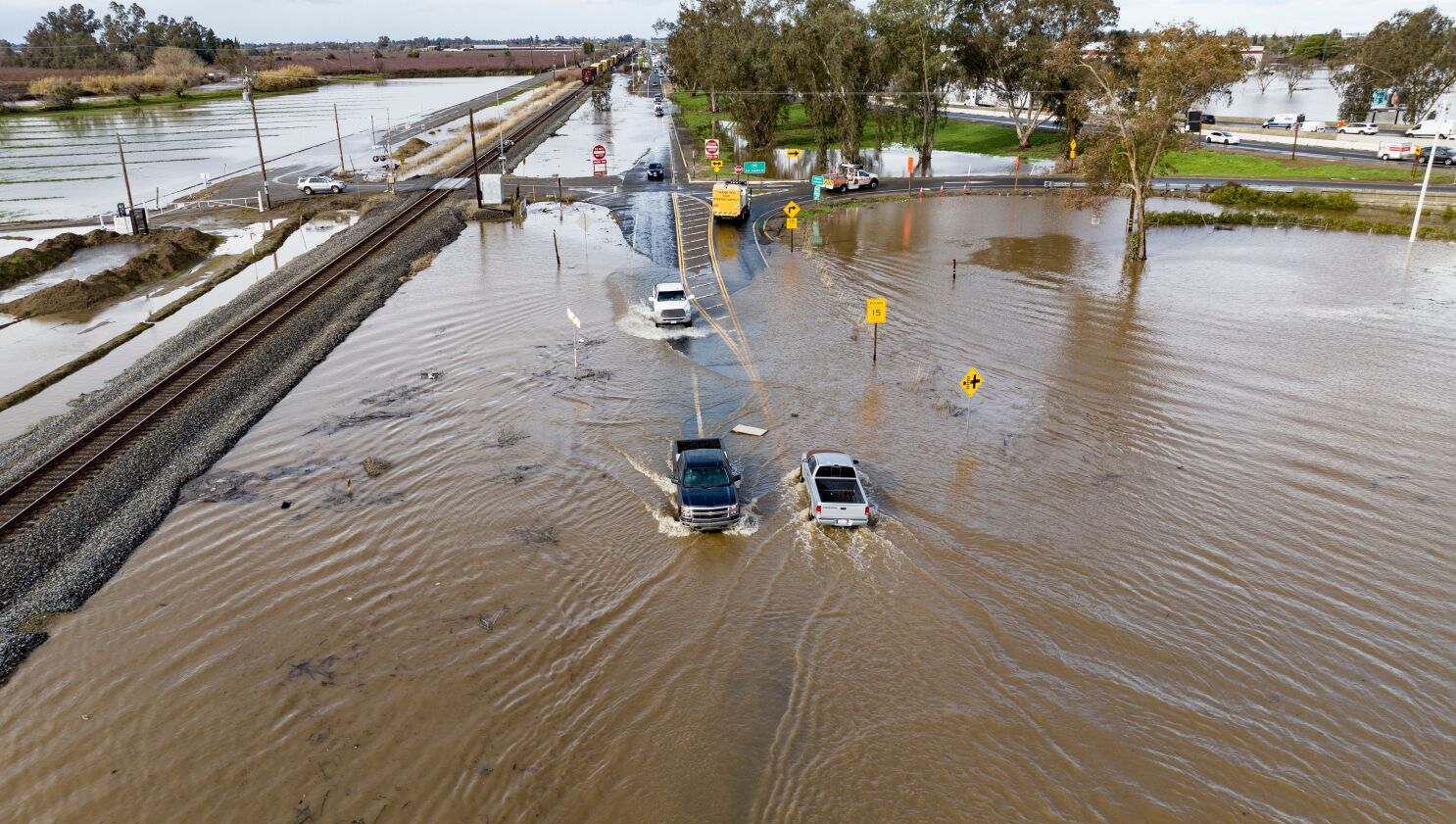
By Kevin Barry
Co-Editor in Chief
There has been great concern about the recent storms coming into California, in a week’s time Golden State has been bombarded with more than 400% of their average annual rainfall. Due to an almost 20 year drought preceding this abundance of rain, the ground is in no condition to absorb the rain. With 17 dead and countless more injured and without a place to stay, only time will tell how California will handle this crisis.
California is a state that is extremely prone to both droughts and floods. Its diverse geography, including mountains, deserts, and a long coastline, can lead to a wide range of weather conditions. Floods in California can be caused by a number of factors, including heavy rainfall, snowmelt, and coastal storms. The primary factors for the latest flood are heavy and continuous rainfall. And due to an almost two decade long drought, the California ground doesn’t absorb the rain.
A week after the initial flooding began (On December 31st) Californians were forced to flee from their homes and try to find alternate housing arrangements. Many California counties had to cancel schools resulting in parents having to scramble and find childcare. On January 4th the governor declared a state of emergency for California, causing state-wide mass hysteria. Grocery stores were empty, everyone was home, and people were stocking up on anything and everything in an almost pre-apocalyptic manner. Comparisons between the initial response to COVID-19 and Californians response to these extreme floods started to become eerily similar.
The events in California are just another display of the growing severity of climate change. It’s evident through things like the melting of icebergs (which are melting at a rate of 750 billion tons a year) and the ozone layer being chipped away that climate change has real consequences, but this is just another example of such. And California’s diverse geographical features makes it a major target for all types of natural disasters.
Climate change is one of the most pressing issues facing our planet today. It is the gradual warming of the Earth’s surface, caused primarily by human activities such as the burning of fossil fuels and deforestation. Although the effects of climate change can’t be undone, our actions now can still prevent these effects from worsening in the coming years. The effects of climate change are wide-ranging and can have a devastating impact on the environment, human health, and the economy.
To address the threat of climate change, it’s crucial that we as a society take action to reduce greenhouse gas emissions. Reducing emissions is as easy as transitioning to renewable energy sources like solar and wind power, and implementing policies and procedures to promote energy efficiency. In addition, steps need to be taken to protect and restore natural habitats, such as forests and wetlands, which can act as carbon sinks.
